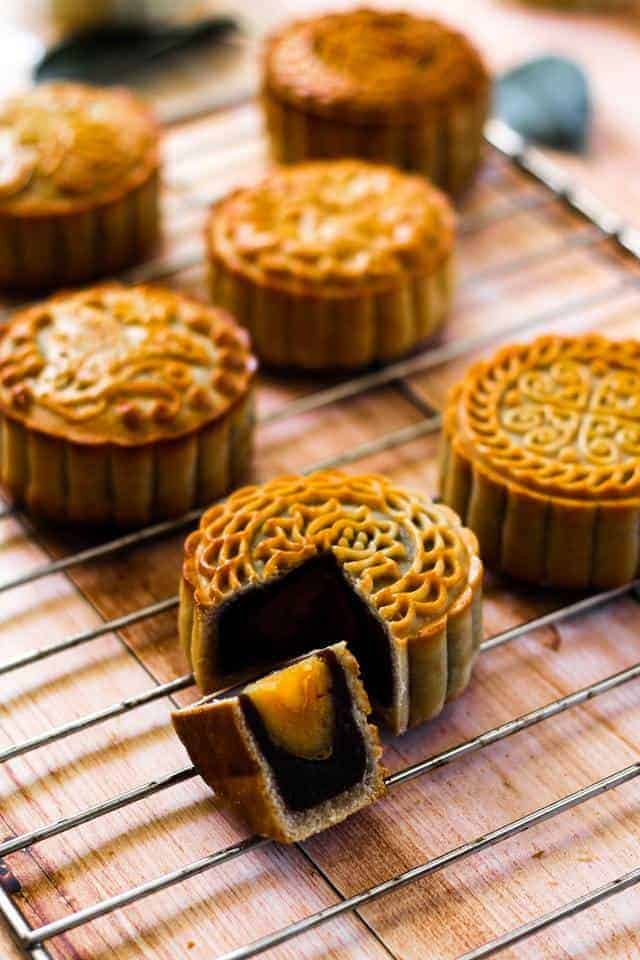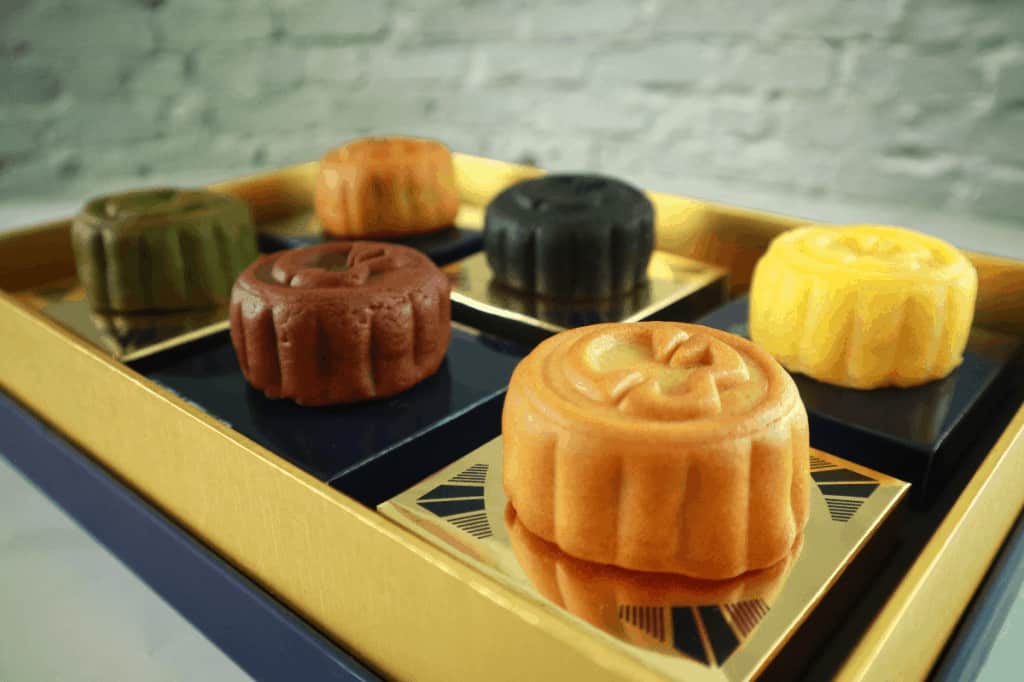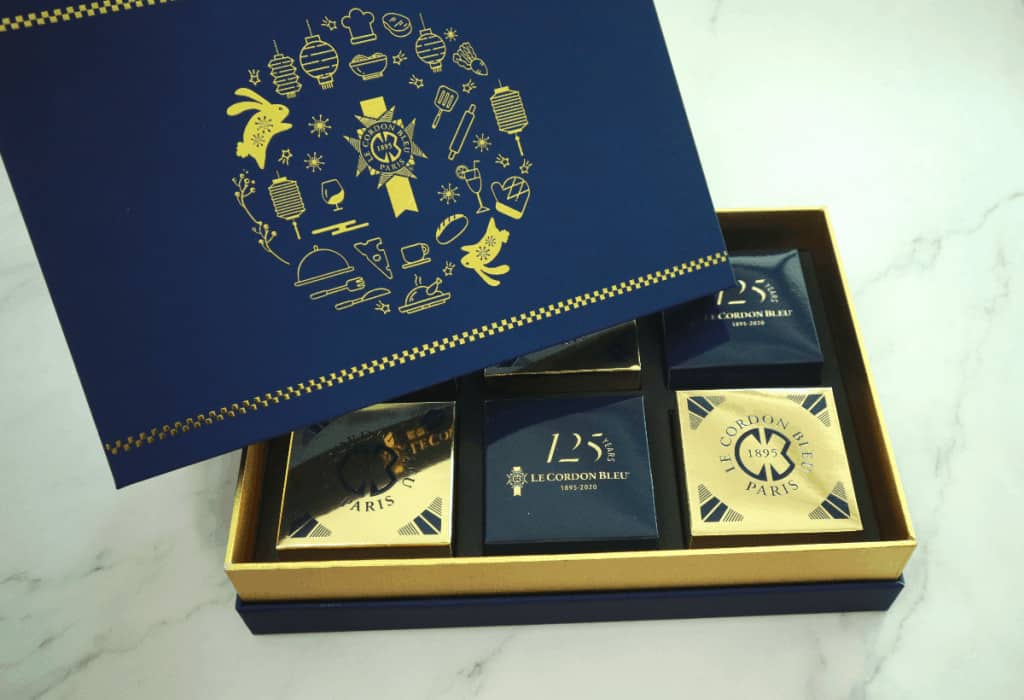8 Interesting Facts About the Mooncake Festival

While living as an expat, we get to learn and live lots of local festivals in the countries we live. The Mid-Autumn Festival, also known as the Moon Festival or Mooncake Festival is one of them. This traditional festival is the second-most important holiday in China after Chinese New Year with a history of over 3,000 years. The Emperor of China worshipped the moon for successful harvests on the 15th day of the 8th month of the Chinese lunisolar calendar with a full moon at night. The Chinese people have long believed that worshiping the moon and eating together around a round table would bring them happiness and good luck.
General facts about mooncake festival
The Mid-Autumn Festival is often in late summer
Because the exact festival date is scheduled around the Chinese lunar calendar, the schedule changes every year and celebrations are held each year on a different date. Therefore, this moon festival can be held as early as the 8th of September and the latest date is the 6th of October. The festival name might be misleading, but it is because the 7th, 8th, and 9th lunar months are classed as autumn. A better name would be ‘mid-lunar-autumn’, but the long standing tradition and name of this festival is unlikely to change.
the second biggest festival in China

People always look forward to a few days of paid public holidays, and so do we! In earlier times, the Chinese would travel home, just like for Chinese New Year, to celebrate these traditions together with the family. Nowadays, many just travel home for Chinese New Year, and they use this holiday for travel and celebration with friends. Another way to celebrate is to find a place where the moon is at its brightest. Travelling to places that are ‘close’ to the moon, like mountains and lakesides are popular destinations as well as roof tops which is particularly popular with young people in bigger cities like Shanghai.
Another “Valentine’s Day”
In ancient times, the Mid-Autumn festival was another Chinese ‘Valentine’s Day’ besides the annual ‘lovers’ day’ which usually falls in August. Couples enjoyed spending time together while singles paid homage to ‘the old man in the moon’, seen as the god who unites people in marriage, and prayed for his help to find true love and marriage.
Lucky money gifts by WeChat
Instead of giving the usual mooncakes, Chinese youth tend to send lucky money to family and friends. This recent habit has become common due to the popularity of WeChat. This messaging app allows people to send “digital red envelopes” holding small amounts of money. Sending red envelopes via this app is fashionable and a great way to celebrate the festival.
Food facts about mooncake festival
Making, eating and gifting mooncakes
Without mooncakes, this festival wouldn’t be complete. Making and sharing these round shaped mooncakes symbolizes happiness and family reunion. Today, the gifting of mooncakes is an important tradition for businesses across China and East Asia. It symbolizes the reinforcement of partnerships, and they are often given to superiors. Being a teacher, I receive more mooncakes than I can consume but I happily share them with neighbours and friends.

The most common Chinese mooncake is round with a thickness of about 4cm or 1 inch. These Cantonese style mooncakes usually feature Chinese characters for longevity or harmony, and in these modern, more commercial times, companies often order them with their own logo for extra promotion.
Are Mooncakes healthy?
The traditional filling of a mooncake consists of a dense sweet paste made from lotus beans, sweet red beans, or jujube, but secondary ingredients such as salted egg yolks, nuts, seeds, fruit pieces, or even luxury and savoury ingredients such as truffle, mochi and purple yam can be used.
The rich mooncake fillings contain a significant amount of sugar and salt, and each cake can contain up to 1000 calories! It is safe to say that these treats are not the healthiest on the planet and they should be consumed in moderation. As a result of recent healthy eating trends, it is now possible to find healthier versions with less sugar and less oil used.
Exorbitant prices

A mooncake is usually very affordable and costs around 1 USD for one piece. But the beautifully packaged, custom made, luxury variations come at a higher price which can cost up to 1,000 yuan 150 USD per 6 pieces per box. If you would like to taste some of these traditional cakes, don’t hesitate to visit your closest Chinatown and you will find some variations within budget.
Other foods eaten during mid-autumn festival
Besides mooncakes, other foods are eaten, and these vary from region to region. A round table symbolises a bright moon and represents reunion. This is why other foods are particularly chosen because of their ‘round’ shapes.
- Pumpkin dates to ancient China when poor people who couldn’t afford Mooncakes would eat pumpkin instead.
- Duck is very popular all year round but tends to be richer during this time of the year. Each region prepares the duck in their own signature way.
- Watermelon is a popular snack because its seeds symbolize fertility and the round shape symbolizes family reunion. In Shaanxi, they often cut the watermelon shaped like a lotus flower as a symbol of good fortune for the year.
- Lotus roots harvested around the time of the moon festival help increase appetite and keep you healthy. A classic dish of steamed lotus root symbolises a charmed and happy life.
- The hairy crab is a delicacy and a Shanghai speciality, and these crabs are in season from September to December.
- In Guangzhou, river snails are not to be missed when celebrating a proper mid-autumn festival.